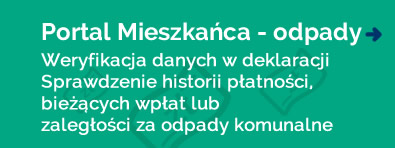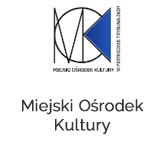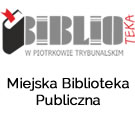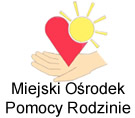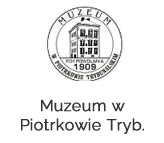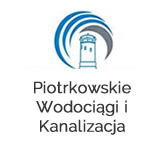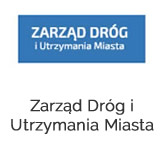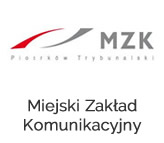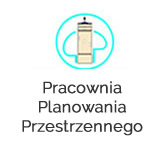Juliusz Wiernicki
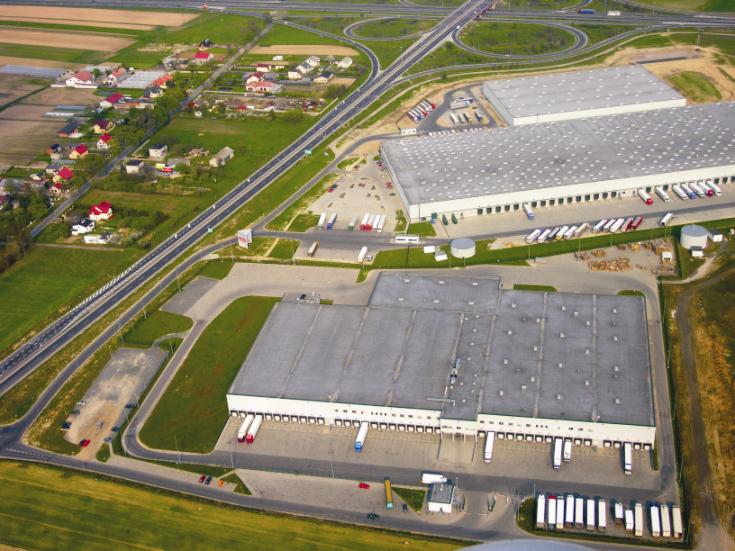 Piotrków Trybunalski is the capital city of the Piotrkowski District. It is the second largest centre of industry, services, education and culture in the region. The city covers the area of 62.27 km2 and has over 77 thousand inhabitants. The most important advantage of Piotrków is its location in Central Poland, by the A-1 motorway running along the western border of the city. Piotrków is situated on the intersection point of significant national and international roads. Due to the advantageous location and one of the most important Polish railway lines running through the city, Piotrków became an ideal place for investments. In addition to good road and rail connections, the local airport with a 1,000-metre concrete runway for ‘air taxis’ increases the investment attractiveness of the city.
Piotrków Trybunalski is the capital city of the Piotrkowski District. It is the second largest centre of industry, services, education and culture in the region. The city covers the area of 62.27 km2 and has over 77 thousand inhabitants. The most important advantage of Piotrków is its location in Central Poland, by the A-1 motorway running along the western border of the city. Piotrków is situated on the intersection point of significant national and international roads. Due to the advantageous location and one of the most important Polish railway lines running through the city, Piotrków became an ideal place for investments. In addition to good road and rail connections, the local airport with a 1,000-metre concrete runway for ‘air taxis’ increases the investment attractiveness of the city.
Convenient location and excellent road infrastructure and railway attract many investors to Piotrków, making the city one of the most important logistics centres in Poland in recent years.
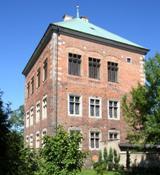 Since the 13th century the city held knights reunions, general reunions of Polish nobility, the clergy synods, parliamentary debates and sessions of the Crown Tribunal – the first European Supreme Court in the Old Republic (1578-1793).
Since the 13th century the city held knights reunions, general reunions of Polish nobility, the clergy synods, parliamentary debates and sessions of the Crown Tribunal – the first European Supreme Court in the Old Republic (1578-1793).
In Piotrków the descendants of Władysław Jagiełło started their reigns (they were chosen in royal elections). In 1404 Jagiełło himself confirmed the old privileges granted to the city. Here the great masters of the Teutonic Order paid their first homage to the rulers of Poland. Here, in 1493, Polish parliamentarism and democracy were born. At that time Piotrków was the second most important in terms of politics city of the Kingdom of Poland.
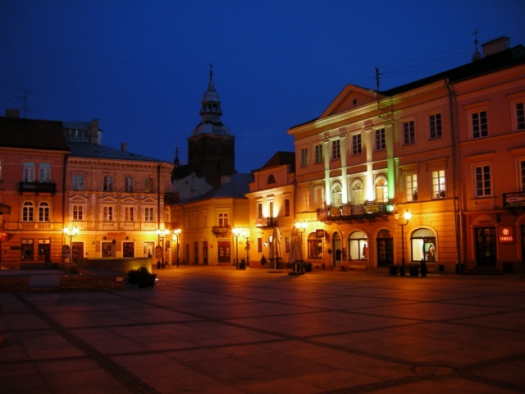




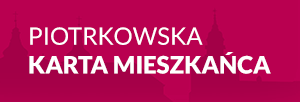
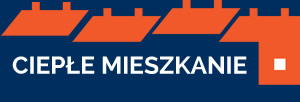






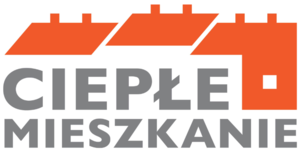

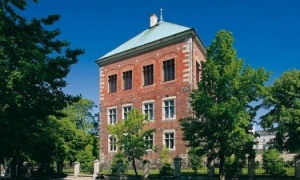
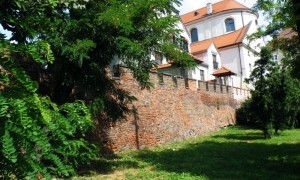

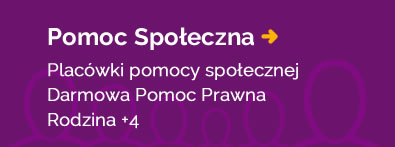

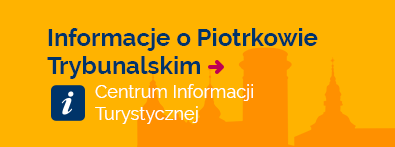
.jpg)
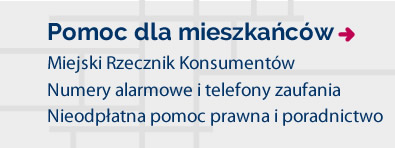
.jpg)



.jpg)
